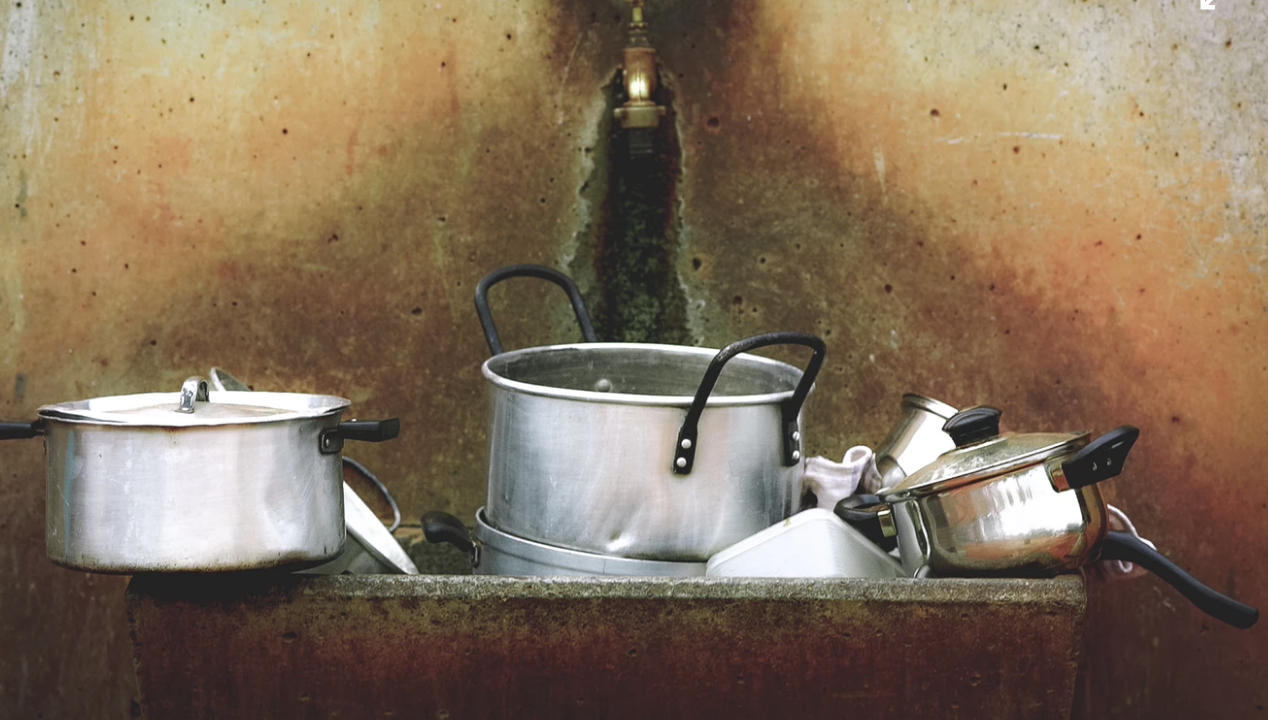Lifestyle June 25, 2018
Toss out your unhealthy chemical-filled pots and pans and make way for healthy cookware.


Imagine making a delightful pan-seared salmon with a side of flavorful wild rice, and then going to do the dishes and the remnants slip off the pan and into the garbage disposal. This seems like a well-oiled dream. However, the no-mess blissful experience may be coming with a hefty cost to ones health. By changing your cookware, the possibility of avoiding damaging chemicals becomes a quick fix. The harmful chemicals can have some negative consequences on the human body and on the environment.
PTFE (polytetrafluoroethylene) is the most common chemical in nonstick pans and has been around since the 1940s. Most people prefer cookware with this chemical in it because it provides a slick surface that makes cooking easier. PFOA (Perfluorooctanoic acid) is another chemical commonly used in cookware. PFOA does that same job as PTFE.
However, these chemicals have negative effects. The American Cancer Society says that when PFOA is manufactured, it remains in the air. It cannot be broken down, and it gets into the human circulatory system. This in turn causes more diseases and health issues in general.
There has not been any data showing a direct link between PTFE or PFOA as cause of cancer. However, the American Cancer Society has studied people who live near PFOA chemical plants and found that they have a higher risk of cancer. In addition to this, Fox News reported that many people who use cookware with PTFE experience symptoms similar to those of the flu.
Cast iron pans are a healthy alternative to cookware containing PTFE. Cast iron has been around for nearly 100 years. It is reliable and versatile. This resourceful, healthy cookware can be used in both the oven and the stove top. Fox News reported that when you use a cast iron skillet, no harmful chemicals will be added to your food. However, cast iron has its own drawbacks. It is heavier than a normal pan, and it is more difficult to clean.
Stainless steel is another option. Unlike cast iron, stainless steel is light and easier to carry around. Another bonus of using stainless steel is that it does not corrode easily. This means that stainless steel as a healthy cookware option will last a lifetime.
Sometimes taking the easy way out of a situation is not the best. The hard work that one puts in can result in a bigger and better payoff. Changing ones cookware from pots and pans containing PTFE and PFOA to healthy cookware such as cast iron and stainless steel will not only safeguard the human body, but also help out the environment. It is through a series of small changes that big change can take place. One simple switch can make a difference.